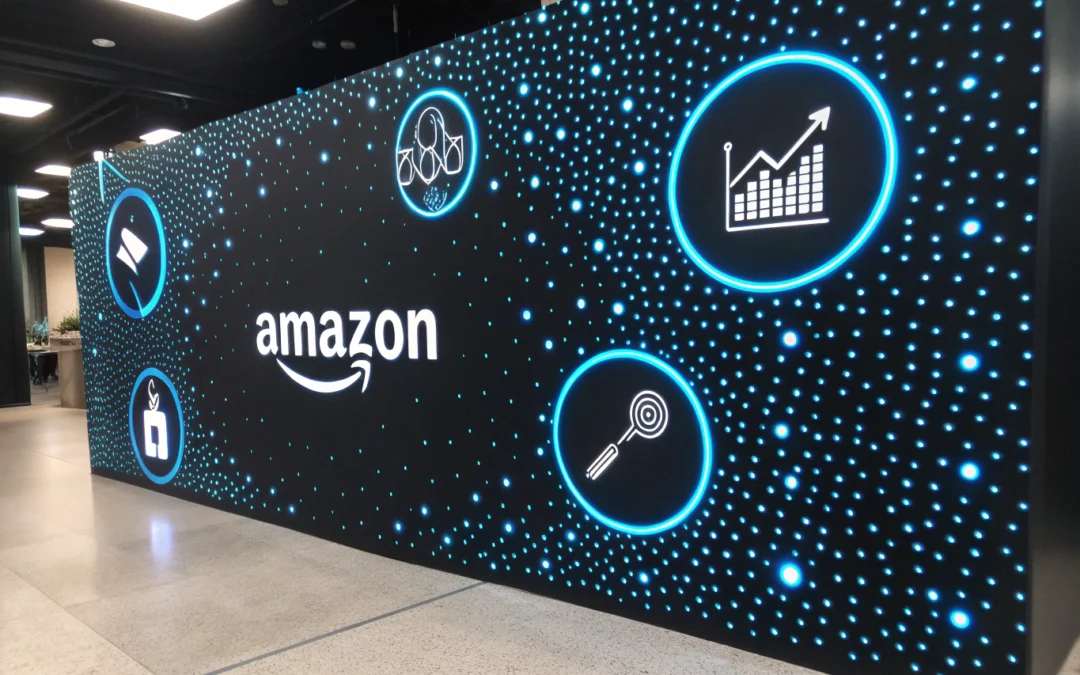Decoding Amazon 1P: A Journey into the Heart of Retail Dynamics
For those who have ever wondered whether Amazon operates on a different plane of existence, the concept of amazon 1p might just be your portal to understanding. Amazon 1P, or First-Party Seller, is Amazon’s in-house retail model where the giant itself buys products from manufacturers and resells them. It’s akin to Amazon being the ultimate retail middleman, but with the muscle of a tech titan.
Amazon 1P: The Retail Sphinx
Imagine Amazon 1P as the Sphinx of retail—enigmatic, powerful, and somewhat intimidating. It offers suppliers access to Amazon’s behemoth platform, but not without strings attached. The allure is undeniable: vast reach, logistical prowess, and the allure of being part of Amazon’s exclusive club. Yet, the reality is a labyrinth of complexities. Suppliers hand over control to Amazon, who decides pricing, inventory, and sometimes even branding details.
Some might think of Amazon 1P as an all-knowing overlord, orchestrating the retail symphony with precision and sometimes, unpredictability. But, like any powerful entity, it comes with its quirks and demands. It’s a trade-off—visibility and sales volume for a slice of autonomy.
The Trade Winds of Pricing and Control
Entering the Amazon 1P realm means accepting Amazon’s terms, which often includes relinquishing pricing control. Amazon’s algorithm-driven pricing can feel like an unpredictable weather pattern—sometimes sunny with strong sales, other times stormy with unexpected price cuts. The whimsical nature of these algorithmic decisions can leave suppliers feeling like passengers on a ship with an invisible captain.
For suppliers, this means embracing a philosophy of trust in the system. It’s about understanding that while you may not control the wind, you can adjust your sails. This requires a strategic mindset—one that can anticipate market shifts and respond with agility.
Navigating the Labyrinth: Tips for Suppliers
So, how do you navigate this complex landscape without losing your way? First, it’s crucial to maintain a robust relationship with Amazon. Communication is key, much like working with an intern who requires clear instructions to perform effectively. Regular check-ins and understanding Amazon’s priorities can lead to a more harmonious partnership.
Secondly, inventory management becomes your compass. Ensure that your supply chain is resilient enough to handle Amazon’s scale and demands. Be prepared for sudden surges in orders and have contingency plans in place to prevent disruptions.
Lastly, focus on building brand identity outside of Amazon. While Amazon 1P offers unparalleled reach, diversifying your sales channels can safeguard your brand against the ebb and flow of Amazon’s pricing strategies.
Actionable Recommendations for Entrepreneurs
1. Leverage Data: Use the data available from Amazon to glean insights into customer behavior and market trends. This can inform product development and marketing strategies.
2. Strengthen Relationships: Build strong alliances with your account managers at Amazon. A good rapport can sometimes offer strategic advantages.
3. Invest in Brand Development: While Amazon 1P offers visibility, ensure that your brand has a presence elsewhere. This diversifies risk and strengthens brand recognition.
4. Remain Agile: The ability to pivot quickly in response to Amazon’s pricing and inventory demands can be a significant competitive advantage.
In the ever-shifting sands of ecommerce, understanding the dynamics of Amazon 1P can be the difference between being a passive player and an active navigator in the retail universe.
Checkout ProductScope AI’s Studio (and get 200 free studio credits)

